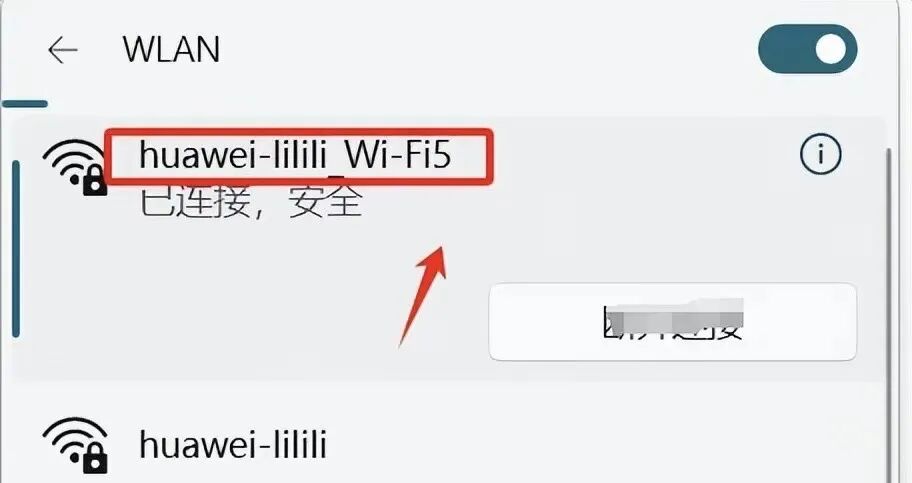Many people are confused about Wi-Fi and WLAN, often thinking that these two terms express the same meaning. In fact, they are like the relationship between “fruit” and “apple”; one is a general category, while the other is a specific type. Next, let’s enhance our understanding through a principle-level analysis!

One is like a “stage name,” while the other is like a “real name.”
If we compare wireless network technology to a martial arts school, then WLAN is the founding ancestor. It emerged in the 1990s as a “Wireless Local Area Network,” aiming to cut the cords of wired connections. Wi-Fi, on the other hand, is like the most famous disciple of this school—it was born in 1999 and is essentially a standard protocol (IEEE802.11) within WLAN technology. However, due to its catchy name, it gradually became synonymous with wireless networking.
Interestingly, the name “Wi-Fi” was originally a product of commercial marketing. When promoting wireless technology, manufacturers felt that names like “IEEE802.11b” sounded too much like laboratory numbers, so they created “Wi-Fi” (implying Wireless Fidelity), similar to how a star adopts a stage name to connect more closely with the general public.
WLAN is the “big family,” while Wi-Fi is just the “top member.”
If WLAN is a big family, then Wi-Fi is the most prominent branch of this family. The WLAN family has many members; besides Wi-Fi, there are technologies like Bluetooth, Zigbee, and infrared, all capable of achieving wireless connections but each with its own specialized domain—for example, Bluetooth focuses on short-range transmission, Zigbee is often used in smart homes, while Wi-Fi serves as the “traffic bearer” covering countless households.
For instance, your smart speaker connects to the internet via Wi-Fi to stream shows, your fitness band syncs data via Bluetooth, and your air conditioner remote uses infrared to emit signals—all of these belong to the “influence range” of the WLAN family. Wi-Fi has managed to “break out” because it perfectly balances speed, cost, and compatibility, becoming the most familiar “face” to ordinary users.

Called WLAN domestically, but Wi-Fi abroad?
Observant individuals may notice that the settings menu on domestic Android phones usually displays “WLAN,” while Apple phones and overseas devices often use “Wi-Fi.” This actually hides a story of “naming strategy”: in the early years, China promoted its own wireless standard WAPI, and to distinguish it from the internationally recognized Wi-Fi, the government uniformly used “WLAN” as the entry name. Although WAPI did not become widespread, this naming habit was retained.
So when you see “WLAN” on your phone, don’t doubt it—it’s essentially still connecting via Wi-Fi technology, just with a name that emphasizes the broader concept of “Wireless Local Area Network.” It’s like when you go to a café and ask the owner, “What’s your WLAN password?” The owner might pause for a moment and then realize, “Oh, you mean Wi-Fi?”
The “version number” of Wi-Fi is the ultimate password.
Nowadays, we often hear new terms like Wi-Fi 5 and Wi-Fi 6; these are actually iterative versions of the Wi-Fi protocol (corresponding to IEEE802.11ac/ax, etc.). As a broader concept, WLAN will not change its name with the upgrades of Wi-Fi. It’s like how a mobile operating system upgrades from iOS 15 to 16, but the general name “smartphone” remains unchanged.
Interestingly, the popularity of Wi-Fi 6 has led to a surge in internet speed, but many smart locks and sensors in homes still use low-power WLAN technologies (like Zigbee). This indicates that in the wireless world, there is no best technology, only the most suitable one, while other WLAN technologies quietly provide support, collectively weaving an invisible network.